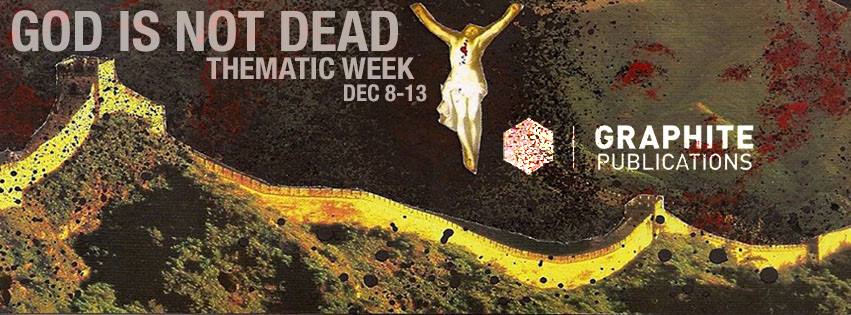Innovations in software, smart materials, and technologies, particularly the development of 3-D printing, is greatly influencing architectural design. Ground breaking research emerging from these fields in recent years will certainly change the way buildings are built and designed. These new technologies will broaden the possibilities concerning form and complexity of structure to a whole new level. 3-D printing is a revolutionary development in architecture, one that has just begun.
Architects are already able to design complex forms using parametric design and computational design processes (Grasshopper on Rhino, see the image below , Generative Components on Microstation…), but we are not always able to build these structures in real life. Too often, the construction industry can’t keep up with the rapid development of these new design programs. Very often in parametric design, small components such as structural elements have to be customized uniquely, and each joint made separately. This is unlike the construction industry where most components are prefabricated and catalogued. Therefore, experimenting with novel manufacturing methods is necessary to maintain this creative revolution for architecture to flourish.
In the Liphe lab (Laboratory for Integrated Prototyping and Hybrid Environments) at McGill, we have acquired the Objet500 Connex, a 3-D printing machine worth about 250 000$. It is able to print in 14 different materials with colour and elasticity gradients, and has a resolution of about 16 microns (the size of its pixel if you will) — a level of precision barely perceptible to the human eye. The size of the models produced are relatively small and the price for each one of these prototypes high. Obviously, most students do not have the money to afford these models. Today, it is mainly used by architecture students during group projects, but it is possible to submit models online for printing. Consultations are also possible to repair and revise the geometry of the mesh.
MakerBot is another kind of 3-D printer that is increasingly popular amongst architecture students and Universities. The price of this machine starts at 1375$ and prints in plastic with a resolution of up to a tenth of millimeter. Because this type of 3d printer does not print the negative space with removable materials, not all forms are printable. The models, being made out of PLA (Polylactic acid) plastics are much cheaper. However, the resolution is questionable, the palette of materials one can use is very limited, the scale of the models is still small and the capacity of the materials are far from meeting any established constructions standards. In the U3 studio of the McDonald Harrington building on campus, architecture students have access to 3 makerbots.
A new generation of 3-D printers geared for larger scale projects are being developed and used for industrial applications. The cost of the machines are exorbitant; about 1.5-2 million dollars in costs for the material and maintenance. In his project Digital Grotesque, Michael Hansmeyer prints an imposing 16 square metes, 3.2 meter high grotto. From a purely functional point of view, this installation consists of a cube that has been carved inside out so that the public can enter. (see cover picture). This new technology of additive manufacturing definitely consists of a leap in printing architecture. Hansmeyer has successfully built the first habitable human scale space via 3-D printing technology. Furthermore, the design of this “grotto,” made with computational geometry, has allowed Hansmeyer and his team to get an unprecedented level of detail on its façade (260 million faces model).
Yet a plethora of other methods of digital manufacturing exist. At McGill, we are lucky to have a CNC industrial robot that functions on 6 axis (6 axis of freedom, as in movement along the x-y-z axis as well as rotations about each axis). These machines are normally used for carving (removing material from, say, a block of polystyrene to begin with), but it is possible to modify them into an in-house 3-D printer by changing the tip of the robotic arm. The reach of the arm is about two meters long, much more than the standard workspace of other 3-D printers. But this type of machinery requires significant high skilled labor in order to program the robot to build the desired object. Furthermore, because each project is different, we need to create a corresponding program that works with eat every time, increasing the cost factor.
In conclusion, 3-D printing is not only a fascinating nascent field in architecture, but can also be used in medical applications to reconstitute organic tissues. It may also take the form of a highly skilled and precise chef in restaurants for food preparation such as chocolate or candy printing. It also has contrasted purposes with weapon development for the military and simultaneously creating beautiful objects for the fashion industry. Once again, space is the final frontier, with SpaceX’s recently designed zero-gravity 3D printer (first of its kind) for potential extended space missions. The applications and implications are extremely broad and promising but there is still a lot of work to be done.
- WRITTEN BY RAPHAEL MONNIER
Graphite
Latest posts by Graphite (see all)
- 3D Printing Architecture - February 13, 2015
- Style and Sexuality: Hairless Beasts and Visual Feasts - February 9, 2015
- Don Jon: A Review - February 8, 2015




